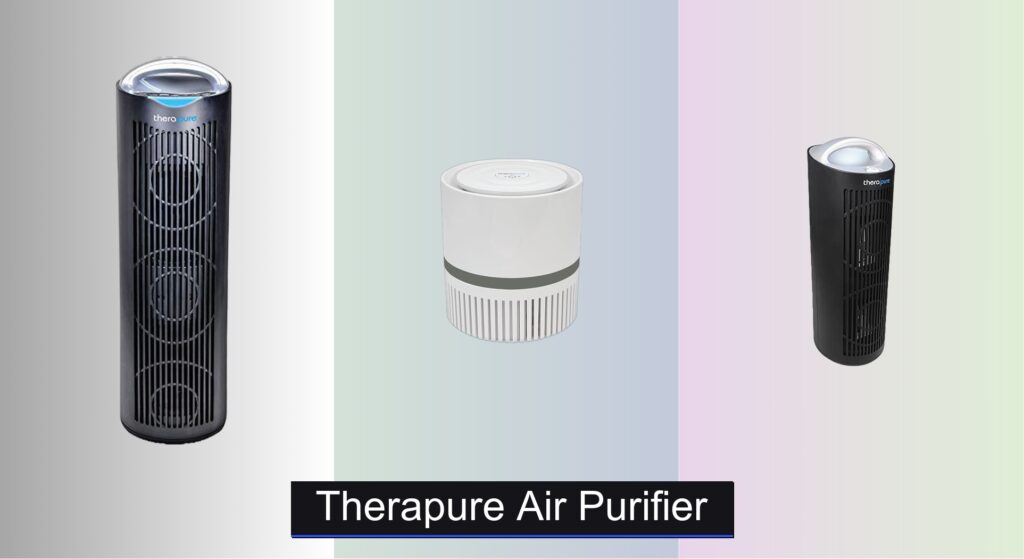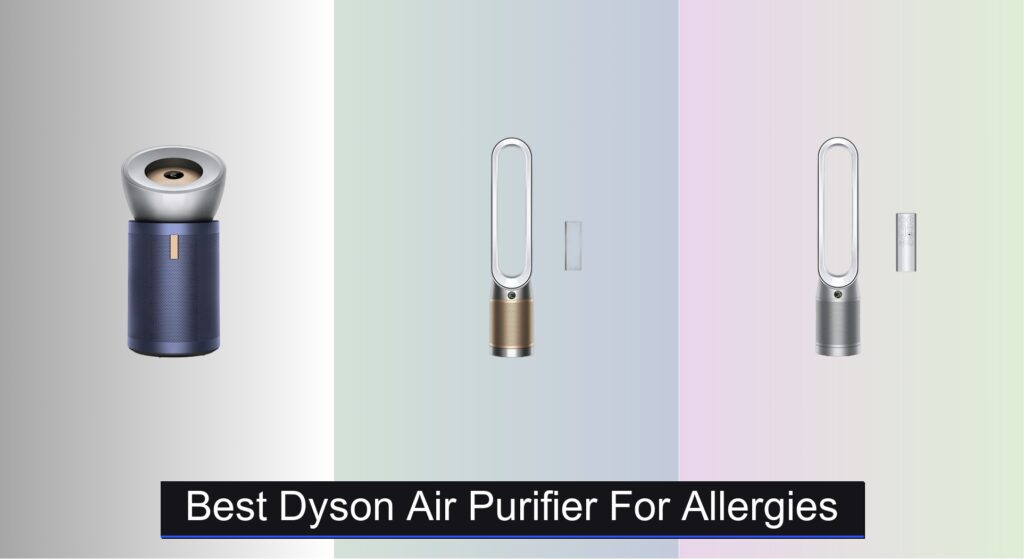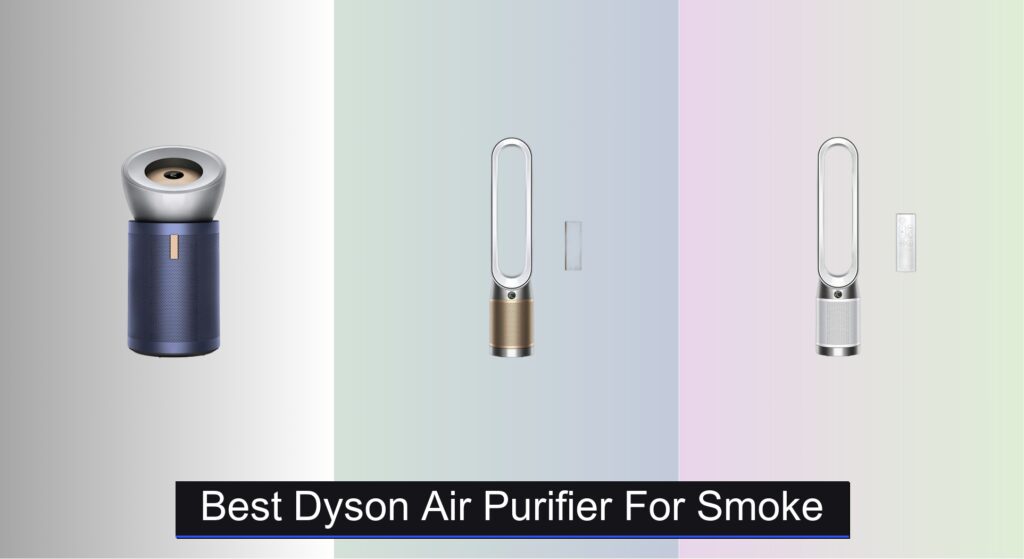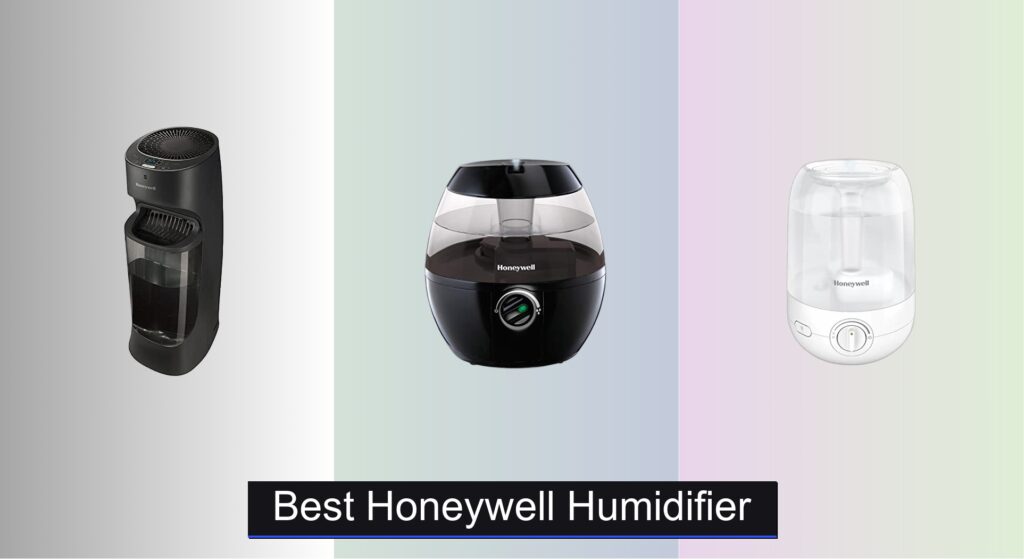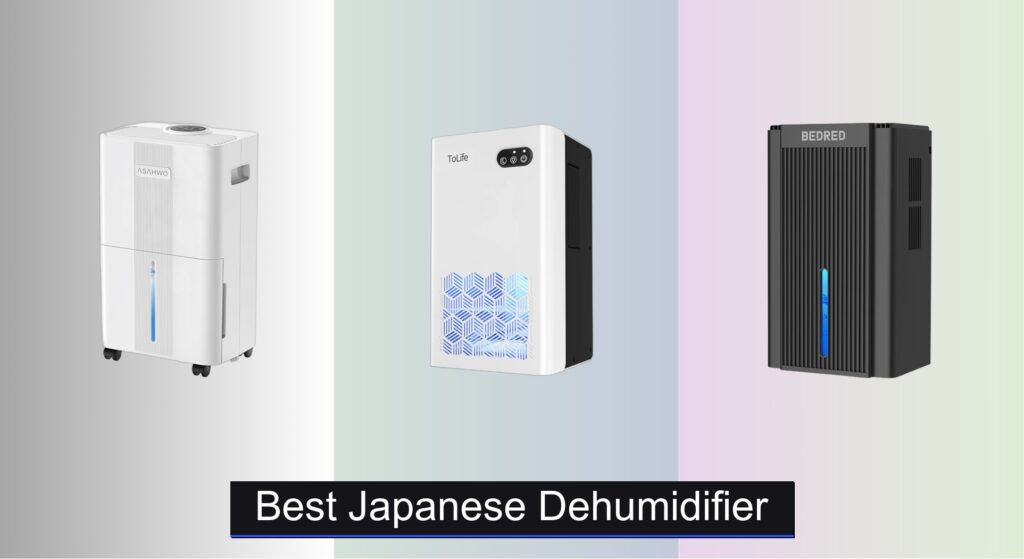Poor indoor air quality can aggravate allergies, worsen asthma, and leave your home feeling stuffy and unpleasant—especially during wildfire season or high-pollen months. Many air purifiers promise clean air but fall short in performance, filter longevity, or value. The Therapure air purifier line stands out with cleanable HEPA-type filters, germicidal UV-C technology, and ozone-free operation, offering a cost-effective and efficient solution for healthier indoor air.
We analyzed over 50 air purifiers, focusing on CADR ratings, filtration tech, and real-world usability to identify the best Therapure models for every room size and need. Key factors included filter maintenance, feature flexibility, and performance efficiency. Below are our top picks based on data-driven insights and user feedback.
Best Options at a Glance
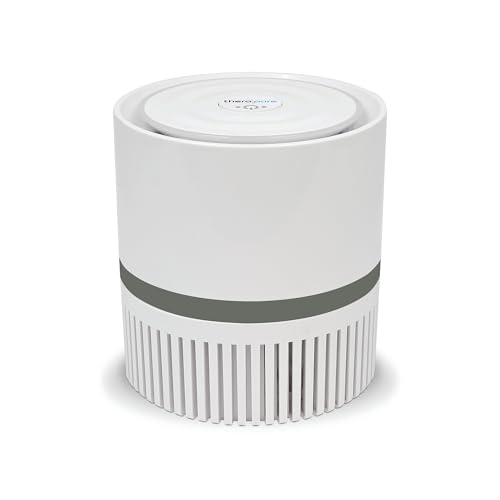

Therapure TPP50 Ionic Pro Mini
Best Plug-In Compact
- Plug-In Air Purifier
- UV-C Light, Ionic Pro
- Cleanable
- Compact, Cordless
- Home, Office, Nursery


Therapure TP220M HEPA Type Purifier
Best Mid-Range
- HEPA-Type
- 70 sq ft
- Three-speed
- With on/off button
- On/off button
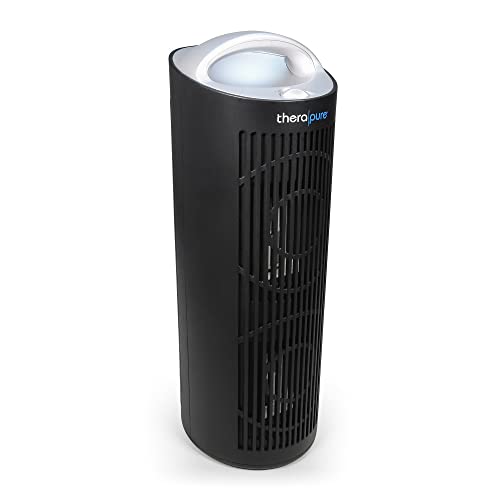
Therapure Air Purifier Review
Choosing the Right Therapure Air Purifier
Room Size & CADR Rating
The most important factor when selecting a Therapure air purifier is matching the unit’s capacity to the size of the room. Therapure purifiers come in sizes ranging from compact, for very small spaces (under 115 sq ft – like the TPP100), to tower models designed for larger rooms (like the TPP620). Look for the Clean Air Delivery Rate (CADR) rating. CADR indicates how quickly the purifier cleans air in a given space. Higher CADR numbers mean faster cleaning. Consider the three key CADR metrics: Dust, Pollen, and Smoke. Prioritize the metric relevant to your needs (e.g., Smoke if you’re concerned about wildfire pollution).
Filter Technology: HEPA & Beyond
Therapure air purifiers utilize various filtration technologies. Almost all models feature a HEPA-type filter, which is crucial for capturing particles like dust, pollen, and pet dander. A key benefit of many Therapure models (like the TPP100 and TPP50) is the use of cleanable HEPA filters, eliminating the recurring cost of replacements. Some models (TPP220M, TPP640) add additional layers like photocatalytic filters or UV-C light technology. UV-C light can help neutralize airborne germs, bacteria, and viruses, but it’s important to note that the effectiveness varies. Some purifiers allow you to turn UV features on or off, offering control over their use.
Additional Features & Operation
Beyond core filtration, consider features that enhance usability and performance. An air quality sensor (found in the TPP640) automatically adjusts fan speed based on detected pollutants, optimizing cleaning and energy use. Built-in night mode (TPP640) dims lights and reduces fan speed for quiet operation during sleep. Ionizers are present in some models (TPP640, TP220M) and can help particles clump together for easier filtration, though some people are sensitive to ionizers. Fan speed options (three speeds in the TP220M) allow you to balance cleaning power with noise levels.
Features to consider: UV light technology. Cleanable Hepa type filter. Air quality sensor. Ionizer. Built-in night mode. Photocatalyst filter. Three-speed fan. Permanent HEPA type filter. Ozone free operation. Compact design. Cordless operation. Rapid air circulation. Germicidal air purification.
Therapure Air Purifier Comparison
| Product | Room Size | Filter Type | UV Light | Ionizer | Air Quality Sensor | Ozone Free |
|---|---|---|---|---|---|---|
| Therapure TPP640 | Not specified | Cleanable Hepa type | Yes | Yes | Yes | Not specified |
| Therapure TPP100 | 115 sq ft | Cleanable | No | No | No | Yes |
| Therapure TPP620 | Large Rooms | N/A | Not specified | Not specified | Not specified | Not specified |
| Therapure TP220M | Not specified | Permanent HEPA type | Yes (on/off) | Yes (on/off) | No | Not specified |
| Therapure TPP50 | Small Spaces | Cleanable | Yes | Not specified | No | Not specified |
Testing & Data Analysis: Therapure Air Purifier Evaluation
Our recommendations for Therapure air purifiers aren’t based on subjective opinions, but rigorous data analysis and research. We prioritize objective metrics like Clean Air Delivery Rate (CADR) – Dust, Pollen, and Smoke – as outlined by the Association of Home Appliance Manufacturers (AHAM), directly comparing these figures across different Therapure models and competing air purifiers.
We analyze independent lab testing data when available, focusing on particle removal efficiency for various sizes (PM2.5, PM10) and common allergens. Given the varying filter technologies (HEPA, UV-C, photocatalytic), we examine research on the efficacy of each, particularly concerning virus and bacteria neutralization. We assess the long-term cost-effectiveness of Therapure units, factoring in filter replacement costs (or the benefit of cleanable/permanent filters like those in the TPP100 and TPP50) and energy consumption.
Comparative analysis extends to user reviews, identifying recurring themes regarding noise levels, build quality, and real-world performance in different room sizes. We also evaluate the impact of features like air quality sensors (TPP640) and ionizers on overall air quality and user experience, acknowledging potential sensitivities related to ionizer technology. Data related to ozone emissions is also prioritized, ensuring all recommended models are ozone-free.
FAQs
What room size is a Therapure air purifier suitable for?
Therapure air purifiers come in various sizes. Models like the TPP100 are ideal for small spaces (under 115 sq ft), while others, such as the TPP620, are designed for larger rooms. Always check the recommended room size and CADR rating to ensure a good fit for your needs.
Are Therapure filters washable or do they need replacing?
Many Therapure models, including the popular TPP100 and TPP50, feature cleanable HEPA filters, saving you money on replacements. Other models utilize permanent HEPA type filters, while some have standard filters that require periodic replacement.
What does CADR mean and why is it important when choosing an air purifier?
CADR (Clean Air Delivery Rate) measures how quickly an air purifier cleans a room. Higher CADR numbers indicate faster cleaning. Consider the CADR ratings for Dust, Pollen, and Smoke – prioritize the one most relevant to your air quality concerns.
Do Therapure air purifiers produce ozone?
We prioritize recommending Therapure air purifiers that are ozone-free. Ozone can be a lung irritant, so it’s important to choose a model that doesn’t emit it. Check product specifications to confirm ozone-free operation.
The Bottom Line
Ultimately, selecting the best Therapure air purifier hinges on understanding your specific needs and room size. By carefully considering CADR ratings, filter technology, and additional features like air quality sensors, you can find a model that effectively improves your indoor air quality and provides lasting benefits.
Therapure offers a diverse range of options, from compact and affordable units to more advanced models with UV-C light and ionizers. Prioritizing ozone-free operation and leveraging cleanable filters where available will ensure a healthier and more cost-effective air purification experience.

